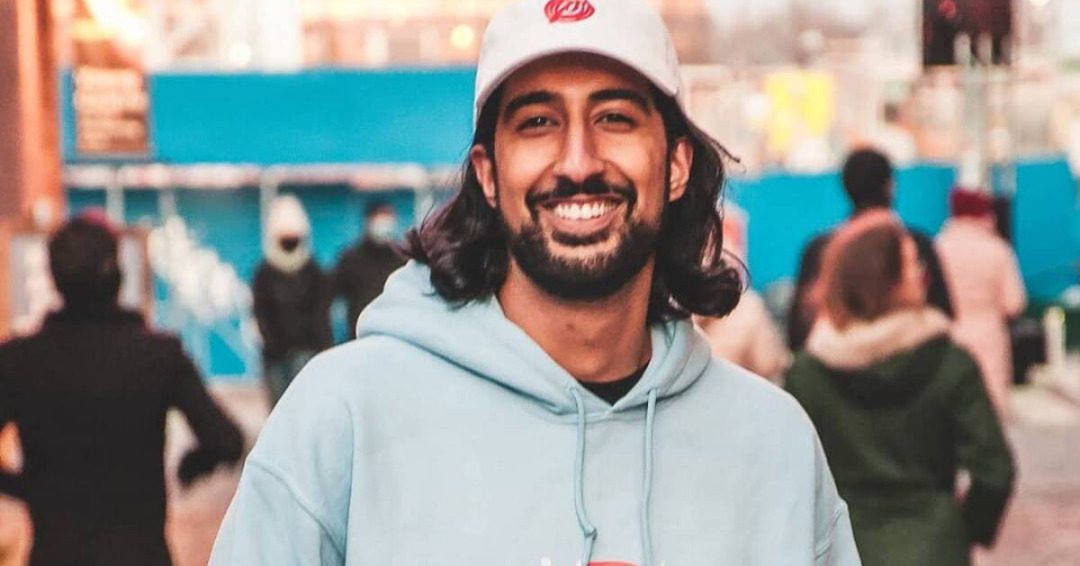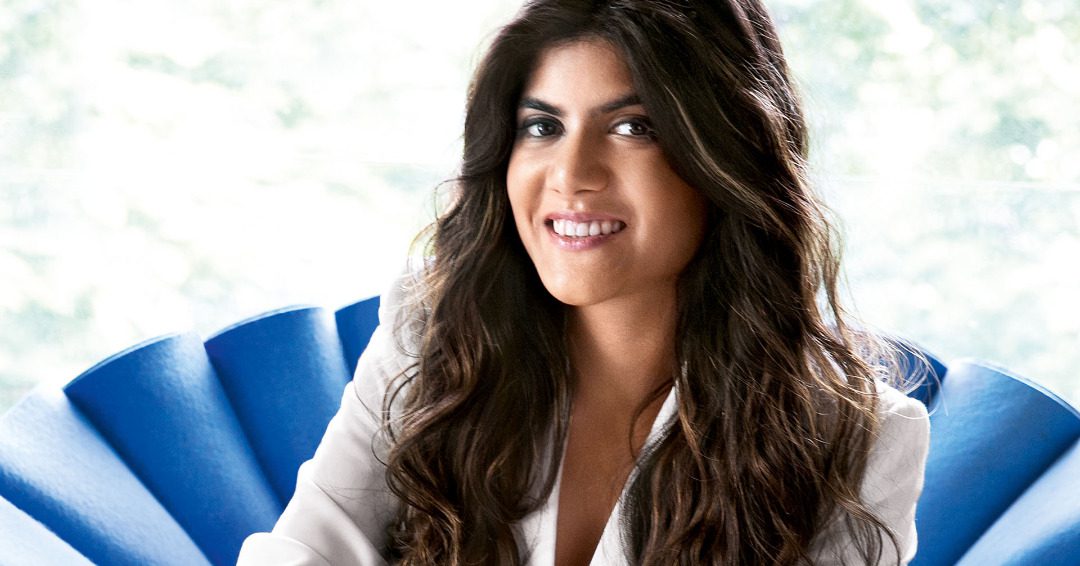Who could possibly think of Captain America, Iron Man, Hulk, Black Panther and Captain Marvel fighting Thanos in Avengers Endgame to the tune of Diljit Dosanjh‘s Panga song? Only, Indo-Canadian musician Tesher, who is known for his quirky mashups. It’s this idiosyncrasy that has made Tesher a global name. The 28-year-old is making waves in the international music circuit with his singles and remixes, so much so, that global artists are now queuing up to collaborate with this Punjabi boy.
Tesher’s remixes are nothing short of international music for a global party that everyone is invited to. With each song, he breaks the mould by repurposing numbers and combining them with witty lyricism. But what makes Tesher a celebrated name is his love for Indian music that he beautifully fuses with international hip-hop to create a perfect blend.
Nonetheless, it’s been a long journey for Tesher who started making music as early as 11 and had to wait for many years to get recognition. Here’s the story of this Global Indian who is making music that transcends boundaries.

Tesher has become a global star
From DJ’ing to a YouTube star
Born as Hitesh Kumar in a Punjabi family in Canada, Tesher was raised in Saskatchewan. His Punjabi heritage and upbringing had a deep influence on him in his early years as he always found Bollywood, bhangra music and Western hip-hop playing at his home. It was when his interest in music started to grow, and by the age of 6, he began to fuse Bollywood and hip-hop songs to create mashups. He soon started tagging along with his father, who was a videographer by profession, to South Asian weddings and functions. At one such wedding, the clients inquired about the DJ services from his father to which he replied that his son likes computers and music. At 15, Tesher’s journey as a DJ began.
For someone who just started with mixing Bollywood and hip-hop, Tesher found a perfect balance between his South Asian roots and the Western world. Soon he began experimenting with R&B, house, salsa music and pop as an extension of his personality.
In a conversation with Urban Asian, he said,
“My music reflects who I am, and who I am is a Canadian-born Indian who’s managed to balance the Western culture I grew up in with my South Asian heritage. I am the blend of two cultures, and so is my music. If I didn’t incorporate sounds and influences from both sides of the world, it wouldn’t be me.”
What began as a hobby for this self-taught musician would soon turn him into an international music artist. But Tesher was yet to discover this. Oblivious to what fate had in store for him, Tesher began studying the music landscape on MTV, radio to see where he could fit in his talent. That’s when YouTube came to his rescue.
View this post on Instagram
He started putting his mashups on the internet that was sort of his preparatory ground for what was about to happen. From country remixes to Bollywood and bhangra mashups, every composition of Tesher made its way to the YouTube. One such mashup caught the fancy of Sony Music India who asked the composer for an official Bhangra remix of Kar Gayi Chull from the 2016 film Kapoor and Sons. A year later, Bollywood actress Alia Bhatt performed on his remix at Miss India 2017, and Tesher was blown away by the fact that his music was making it big in India. “It was definitely cool but interesting; I was an average guy living in Canada, making music on the side, but on the other side of the world, a superstar Bollywood actress is dancing to my music, It’s honestly two worlds – it’s so surreal,” he told Strand Magazine.
The viral song that changed it all
Known to have an ear for groundbreaking mashups, Tesher cooked up a storm by bringing together the least expected combinations of AR Rahman and Travis Scott or Govinda and Drake. But this very uncanny taste in music got Tesher the fame and recognition when his 2019 remix Old Town Road vs Ramta Jogi went viral on TikTok, leading his audience to discover his earlier discography. The song put Tesher on the global map with all its quirks.
“That experience taught me to put more faith in the audience. I almost didn’t put that mix out to begin with because I thought it wasn’t good. Now it has become a reason why so many people have discovered me and my music,” Tesher added.
A global star
A year later, Tesher was armed with yet another chartbuster up his sleeve when he launched Young Shahrukh. An original rap song performed to the beats of one of Bollywood’s popular songs Bole Chudiya, the single erupted on the music scene with a bang. Such was the craze around the song that Sony Music India picked the single, thus giving Tesher’s debut the perfect launchpad. The single claimed the Number 1 spot on BBC Radio Official Asian Music Chart in the UK and reached Number 4 on Billboard’s Top Thriller Global Chart. Even Bollywood’s bigshots like Ranveer Singh praised the phenomenal fusion.
Tesher found the pulse of his audience, but the singer-composer knew he wanted to blow their minds with his next song, and that’s exactly what he did when he came up with Jalebi Baby, his second single in 2020. The song which amassed over 100 million streams also topped the Shazam charts in over 25 countries. The success of the song across the globe prompted Tesher to take it mainstream, and that’s when American singer Jason Derulo came on board for the remix of Jalebi Baby. With bhangra beats and jalebi, Tesher was keen to keep the song unapologetically Indian.
“From day one, my biggest goal was always to bring South Asian sounds into the mainstream in a way that could push our culture forward and spotlight us authentically, free from stereotypes and overused tropes. Something that celebrated us and that we all could be proud of,” he added.
Having tasted the success and recognition, Tesher is now gearing up to make more original music and even work with Bollywood in the future.
From playing music as a DJ at weddings to putting his videos on YouTube to getting international recognition, Tesher has come a long way in the last decade. The Indo-Canadian musician is a perfect example that music transcends boundaries and the world is always waiting for good tunes and interesting mashups.



